
Lithuanian Saltibarsciai - Cold beet soup
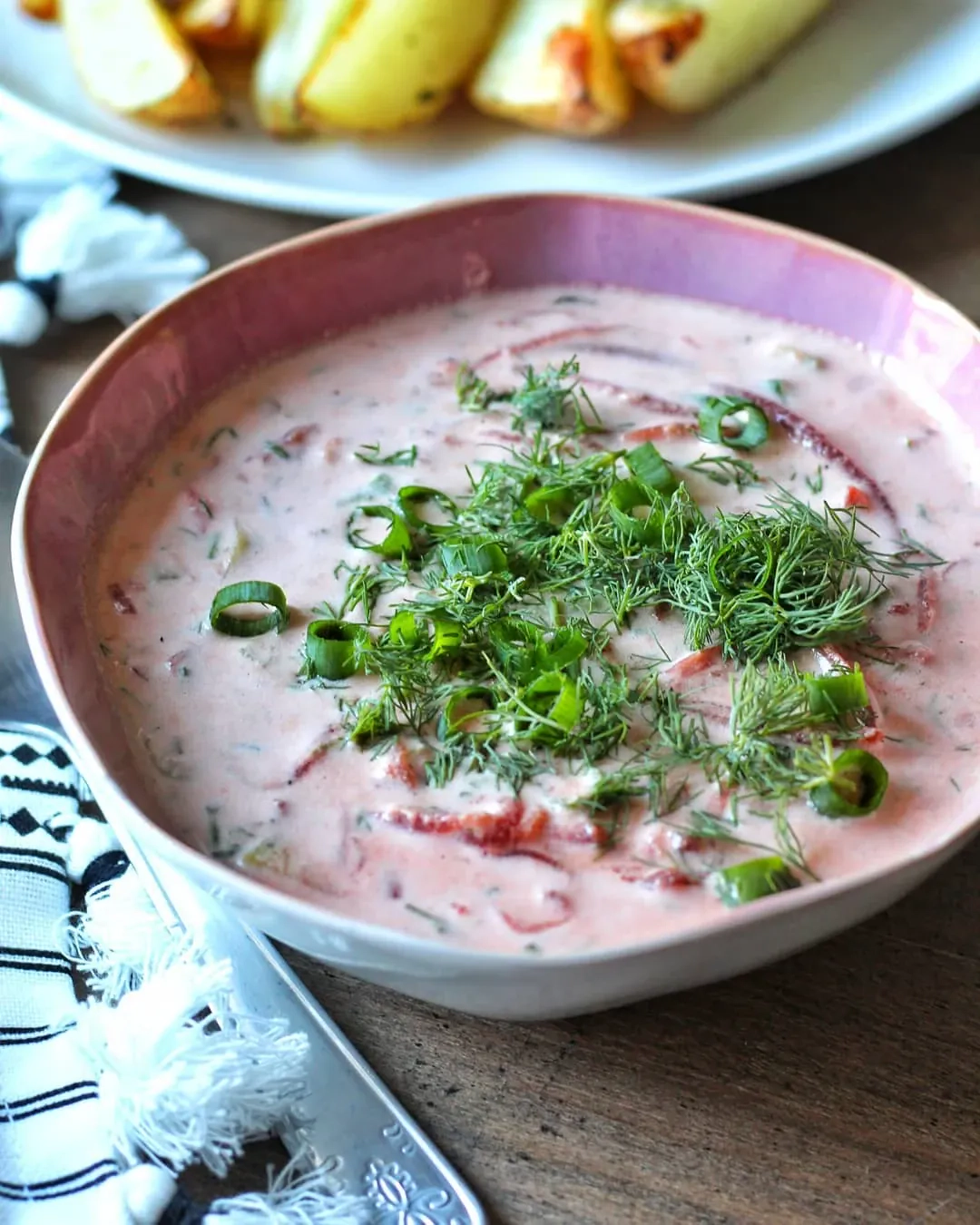
- Kefir: You can replace it with buttermilk, natural yogurt, or ayran for a slightly different tangy flavor.
- Pickled beets: Use cooked fresh beets or canned beets if pickled ones are unavailable.
- Cucumbers: If fresh cucumbers are not in season, replace them with small zucchini or pickled cucumbers for a different twist.
- Dill: Substitute with fresh parsley or chives if dill is not available.
- Milk: Replace with cold boiled water or omit entirely for a thicker soup.
- Potatoes: Serve with roasted baby potatoes or even rye bread as an alternative.
Cooking tips for the soup
- Always use chilled kefir or buttermilk for the best refreshing taste.
- Cut the vegetables into thin strips to create an even texture throughout the soup.
- If you prefer a stronger beet flavor, use additional beet juice from the jar or freshly boiled beet liquid.
- Chill the soup in the refrigerator for at least 30 minutes before serving—it tastes better cold.
- Always serve the soup with warm potatoes to highlight the contrast between hot and cold.
Ingredients
- Kefir: 1 liter (1 quart).
- Milk: 150 ml (¾ cup).
- Pickled beets: 2 medium-sized.
- Cucumbers: 2 medium-sized.
- Onion greens (chopped): 1 large handful.
- Dill (chopped): 1 handful.
- Hard-boiled eggs: 2.
- Potatoes with skin (boiled): 8 small.
- Salt: to taste.
- 1. A large bowl is prepared, and chilled kefir is poured in to create the creamy base of the soup.
- 2. The pickled beets are cut into thin strips and stirred into the kefir, releasing their natural pink juice and coloring the soup beautifully.
- 3. Cucumbers are peeled, sliced into narrow strips, and added to the bowl. If the cucumbers contain large seeds, they are removed beforehand for a smoother texture.
- 4. Fresh dill and onion greens are finely chopped and combined with the kefir mixture. Everything is mixed gently, and salt is sprinkled in to adjust the taste.
- 5. If the soup base turns out too thick, cold milk is poured in to lighten it, though for a heartier soup, no milk is added at all.
- 6. Hard-boiled eggs are peeled, cut into wedges, and placed on top of each portion just before serving.
- 7. Potatoes are boiled with their skins and served hot alongside the cold beet soup, either peeled or left rustic depending on preference.
- 8. For extra creaminess, a spoonful of sour cream can be placed on top of each bowl right before eating.
- 9. Chef’s advice: When making šaltibarščiai, the most important element is freshness. Always use crisp cucumbers and vibrant dill to bring out the flavors of summer. If you choose to cook your own beets instead of using pickled ones, allow them to cool completely before mixing them with kefir, otherwise the soup will lose its refreshing effect. This recipe has been tested many times in my kitchen, following the same method my grandmother used. I can confirm that the key to authentic flavor lies in serving it with hot potatoes—without them, the soup feels incomplete.
Recipe Directions
FAQ
Can Lithuanian cold beet soup be made lactose-free?
How long can I store Lithuanian cold beet soup in the refrigerator?
Can I freeze Lithuanian cold beet soup?
What is the best way to adjust the thickness of cold beet soup?
What are the most common mistakes when preparing Lithuanian cold beet soup?


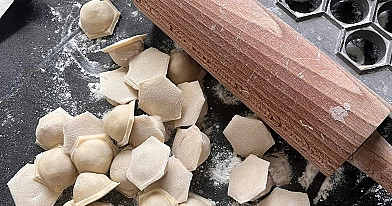
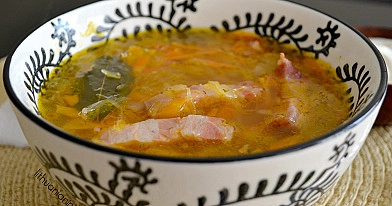
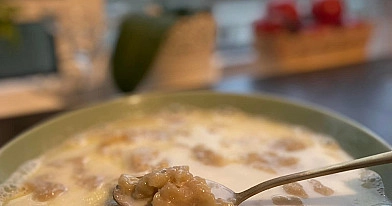
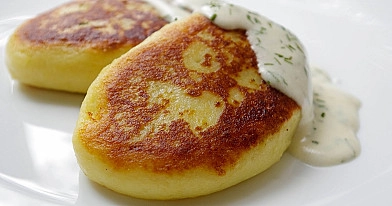
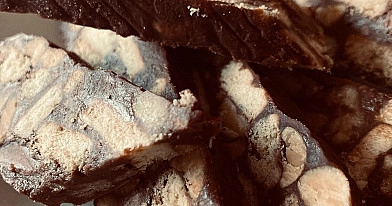

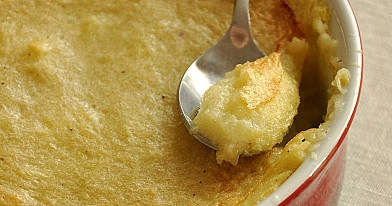
Janne PETERSSON
Reply